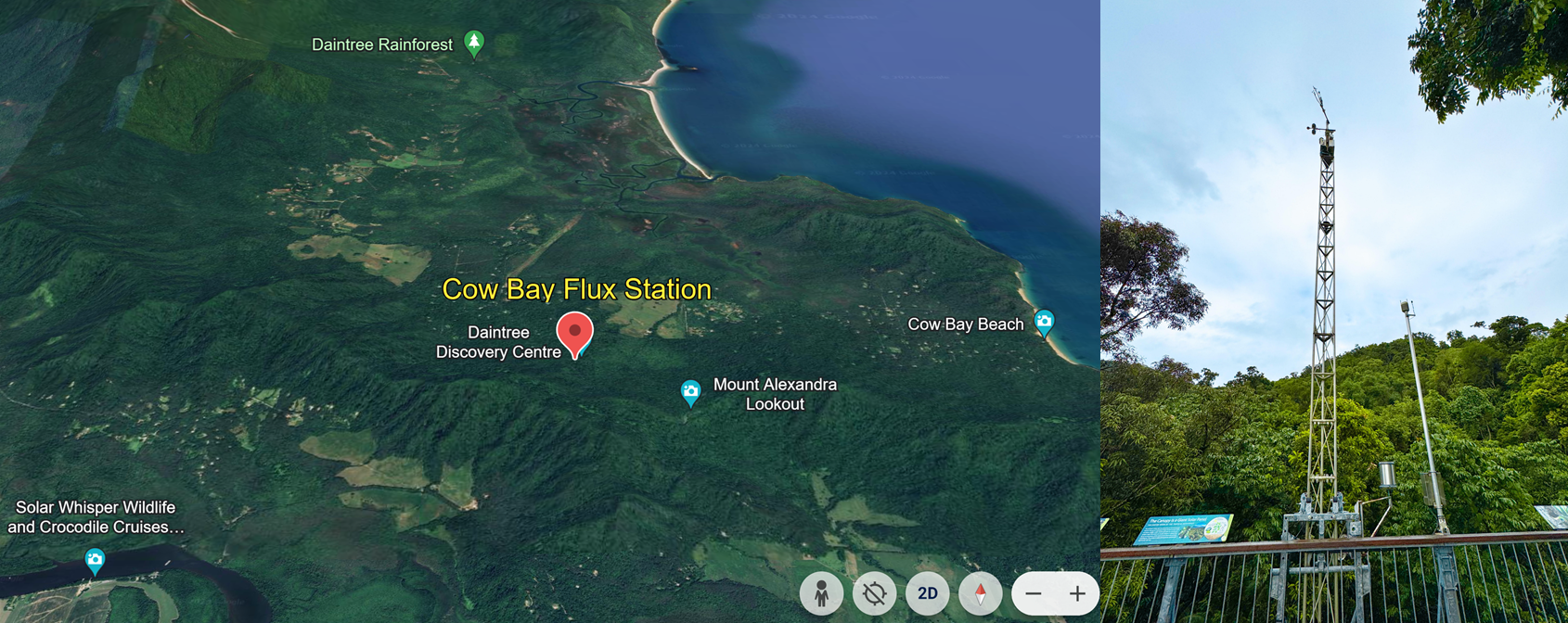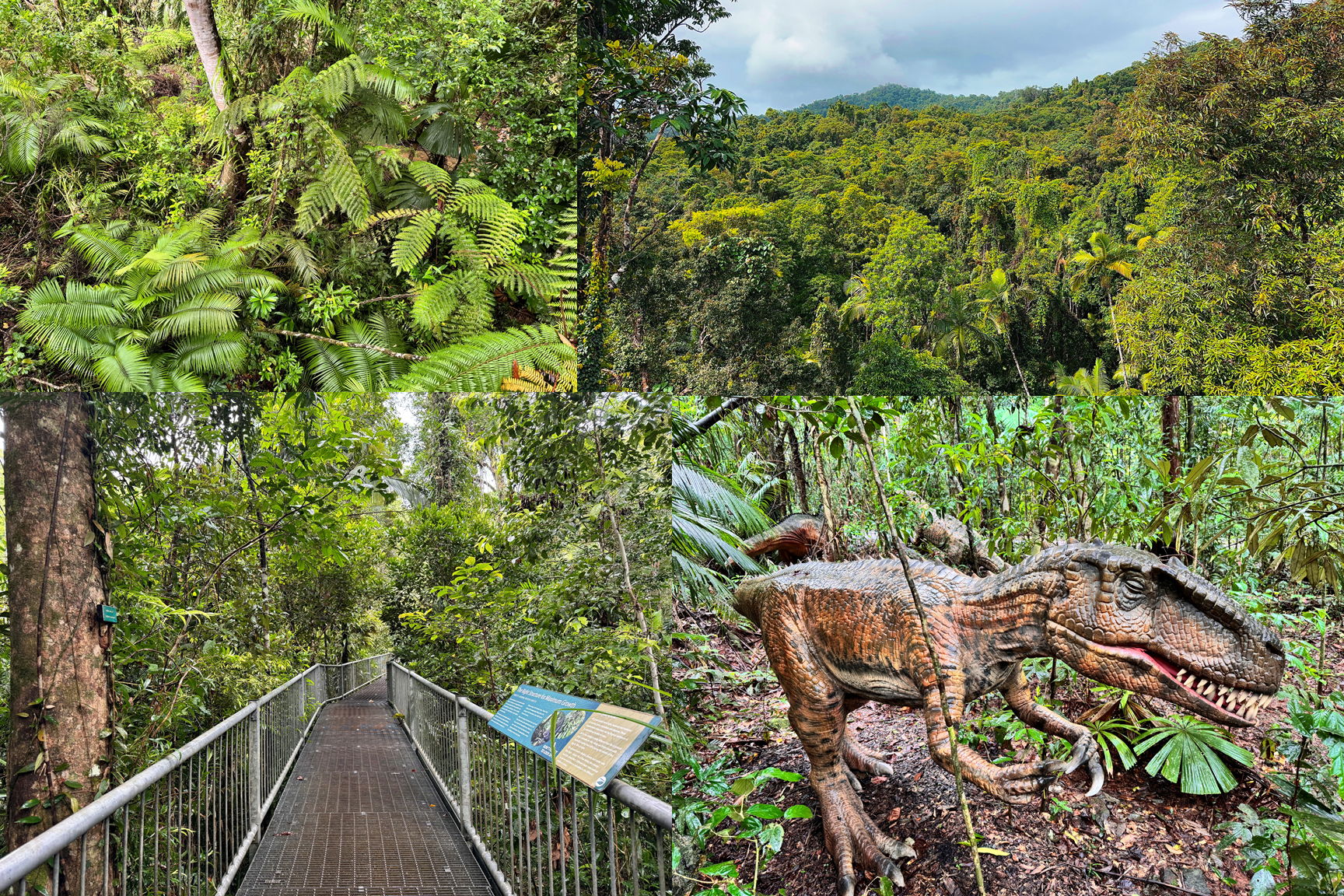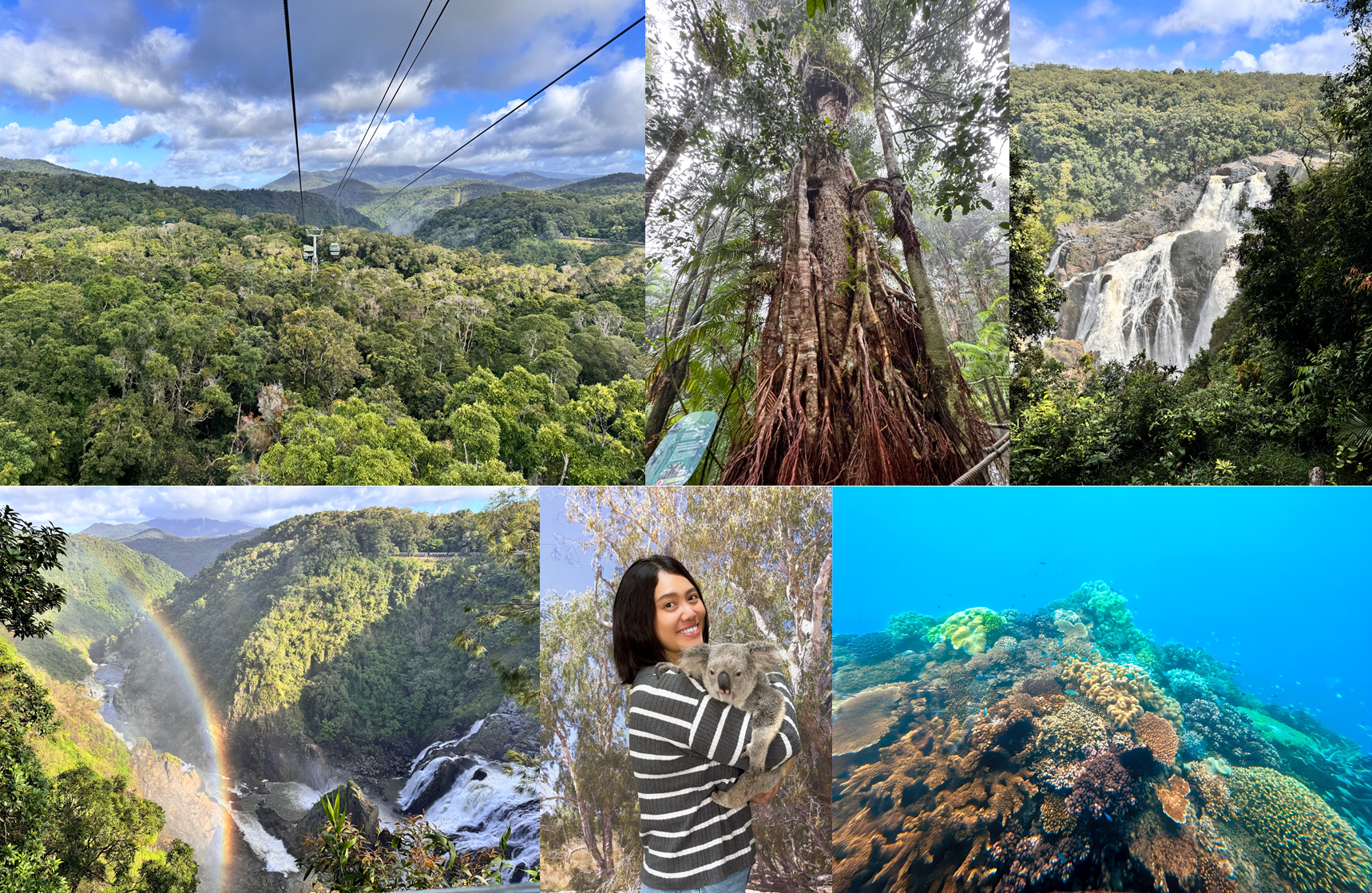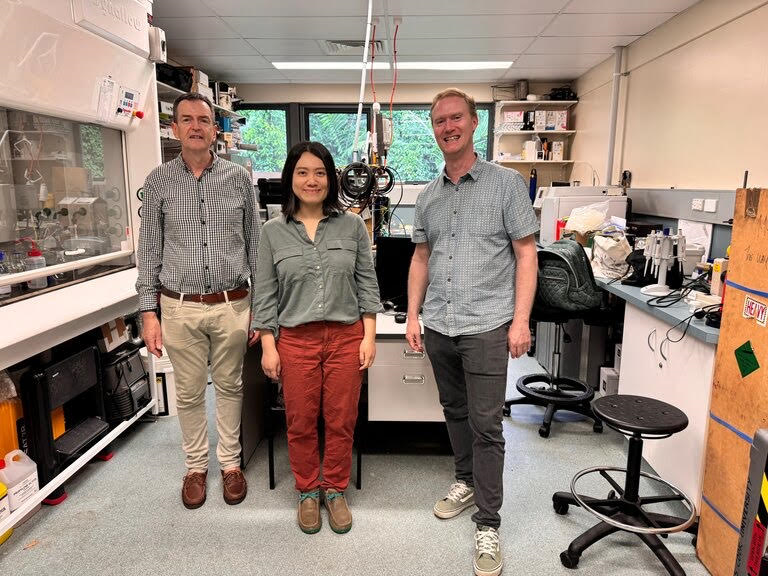Angela Che Ing Tang, recipient of the 2024 Secondment Program award, has completed the program and wrote the following to share with the FLUXNET community:
Just a few hours before my scheduled departure from Detroit to Dallas, I received several notifications about delays due to weather issues, ultimately pushing the departure back by two hours. My updated arrival time in Dallas was estimated at 10:06 PM, perilously close to my 10:15 PM connecting flight to Sydney. At check-in, the airline agent informed me that if I missed my connection, I would be rebooked on the same flight the next day, as it only departs once daily, which would also require me to find lodging overnight. However, she kindly reassured me that I could make it. After explaining my situation to the boarding agent, she graciously suggested and rearranged my seat to expedite my deplaning. Upon landing, I hurried from the plane and made my quickest way to the train station from Terminal C to D. I reached the gate around 10:16 PM, just in time to find that boarding was still in progress. Thankfully, I managed to catch my flight to Sydney. Although my checked bag didn’t make the connection and arrived two days later, it was a small inconvenience compared to the relief of making my flight. After more than 30 hours of travel, I arrived at Cairns Airport, where I was greeted by my secondment host, Dr. Michael Liddell. The warm sunshine, stunning scenery of mountains, lush greenery, and sea views along the route to my lodging provided a wonderful welcome to Australia.

My secondment at the James Cook University (JCU), Nguma-bada campus was an enriching experience, with its proximity to abundant nature. The campus provides a tranquil environment: (left) lush green mountains creating a serene backdrop (sunset view); (middle) a forest along the bridge to the office; (right) forest and creek just steps away from the office building, a great spot for a relaxing break.
Dr. Michael Liddell runs flux towers in the tropical rainforests of Far North Queensland. I worked on the data at one of his sites, Cow Bay, which has accumulated 15 years of measurements. I visited the site in my second week. It is located at the Daintree Discovery Centre, a visitor center open to the public. The Centre is about 100 km, or a two-hour drive, from Cairns and is accessed by ferry across the Daintree River. It is nestled in the Daintree Rainforest on the northeast coast of Queensland, known as the world’s oldest surviving tropical rainforest, dating back over 100 million years, where dinosaurs once roamed. The Cow Bay site features a gentle slope and is bordered by coastal ranges to the southwest and the sea to the east, creating very complex terrain. The site receives high annual rainfall, which has sometimes reached up to 6000 mm. Flux and meteorological measurements are taken from a 23-meter canopy view tower, with sensors mounted on extensions above the forest canopy.

Left: Cow Bay flux station is located at the Daintree Discovery Centre, nestled between the ranges and the sea (Google Earth). Right: The flux station is mounted on the 23 m high platform on the visitor tower, featuring a unique two-fold L design that allows it to be lowered and bent horizontally for maintenance and calibration.

Top: The biodiverse forest floor (left) and lush top canopy of the rainforest (right). Bottom left: An aerial walkway for experiencing the mid-level rainforest. Bottom right: The Centre also features a Jurassic Forest with an animatronic dinosaur trail.
For the first time, I used PyFluxPro, a GUI built on the Python programming platform, developed by Dr. Peter Isaac, to explore the data. This user-friendly tool, designed for processing data from the OzFlux network of flux towers, allows control over data processing via its integrated GUI. PyFluxPro supports detailed data processing, consisting of six levels currently, including quality control, gap filling, and flux partitioning. It can generate various outputs, including plots, and can also perform footprint calculations. The Level 6 (flux partitioning) output enables the generation of time series plots of variables at daily, monthly, and annual time steps. I then also used the L6 data to analyze the ecosystem respiration vs. temperature, binned into one-degree Celsius intervals, and compared the responses among the three partitioning methods: neural network, Lloyd-Taylor method, and Lasslop method, both annually and across the entire measurement period from 2009 to 2023. I had an insightful meeting with Dr. Cacilia Ewenz and Dr. Peter Isaac and received valuable resources and guidance from them via emails as well. Despite his busy teaching schedule, Dr. Michael Liddell always found time to meet and discuss my work progress. Dr. Lucas Cernusak also introduced me to the weekly tropical science seminar, where I attended two excellent seminars. Additionally, I had the opportunity to participate in the OzFlux Community meeting, which also took place online during my secondment.

Left: Dr. Michael Liddell and I had a meeting with Dr. Cacilia Ewenz and Dr. Peter Isaac from Melbourne, which lasted over two hours. Special thanks to Dr. Peter Isaac for joining the meeting despite being in the hospital. Right: PyFluxPro for post-processing flux and meteorological data.

During my secondment, I had the opportunity to experience the enriching Skyrail Rainforest Cableway and the Great Barrier Reef. The 7.5 km cableway allows visitors to explore the World Heritage-listed rainforests, with stops at two rainforest mid-stations and the terminal at a rainforest village. From top and left: 1) Scenic panoramic view of the rainforest. 2) In the fight for light, a Strangler Fig grows from the top down (rather than the ground up), enveloping the host. 3) The majestic Barron Falls. 4) A spectacular rainbow forms where the falls flow into the Barron River through the rainforest. 5) Cuddling a koala in Kuranda Village. 6) Coral reef at the Great Barrier Reef.

Dr. Michael Liddell, Dr. Lucas Cernusak and me on the last day of my secondment at JCU.
I had a fruitful one-month secondment in Australia, which provided me the opportunity to network, collaborate, and gain new knowledge, skills, and experiences. We all hope to continue the work initiated during my secondment. I am deeply honored to receive the FLUXNET secondment award and would like to thank the FLUXNET Community Council for their support and the opportunity. A very big thanks to Dr. Trevor Keenan and Dr. Kyle Delwiche for their help and facilitation; Dr. Michael Liddell for his welcoming and passionate hosting during my entire stay; Dr. Cacilia Ewenz, Dr. Peter Isaac, and Dr. Lucas Cernusak for their valuable support and enriching discussions. I am also very thankful to Dr. Rose Cleverly for her support of my secondment application, and to my postdoc supervisor, Dr. Inke Forbrich, whose initial suggestion led to this opportunity.
